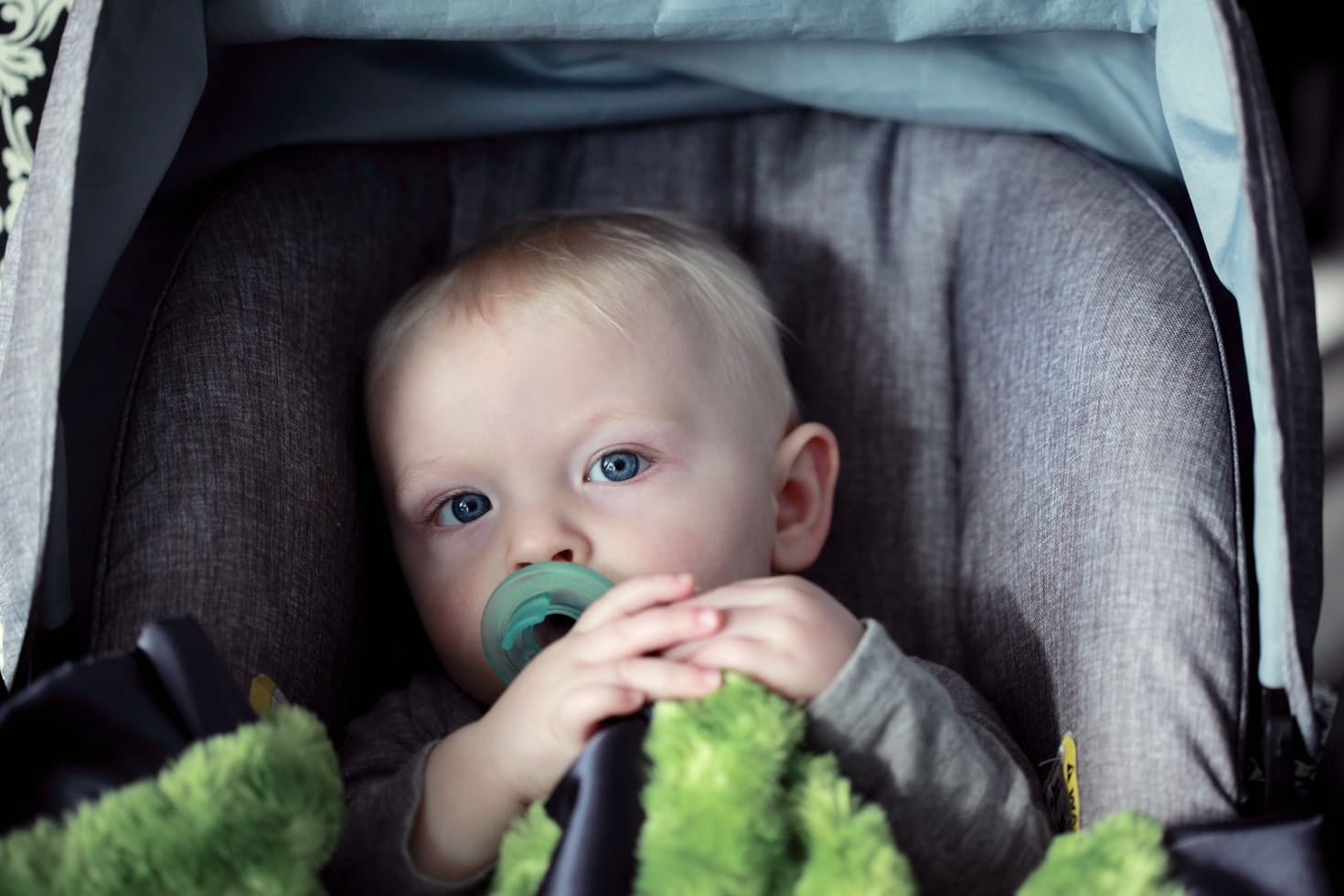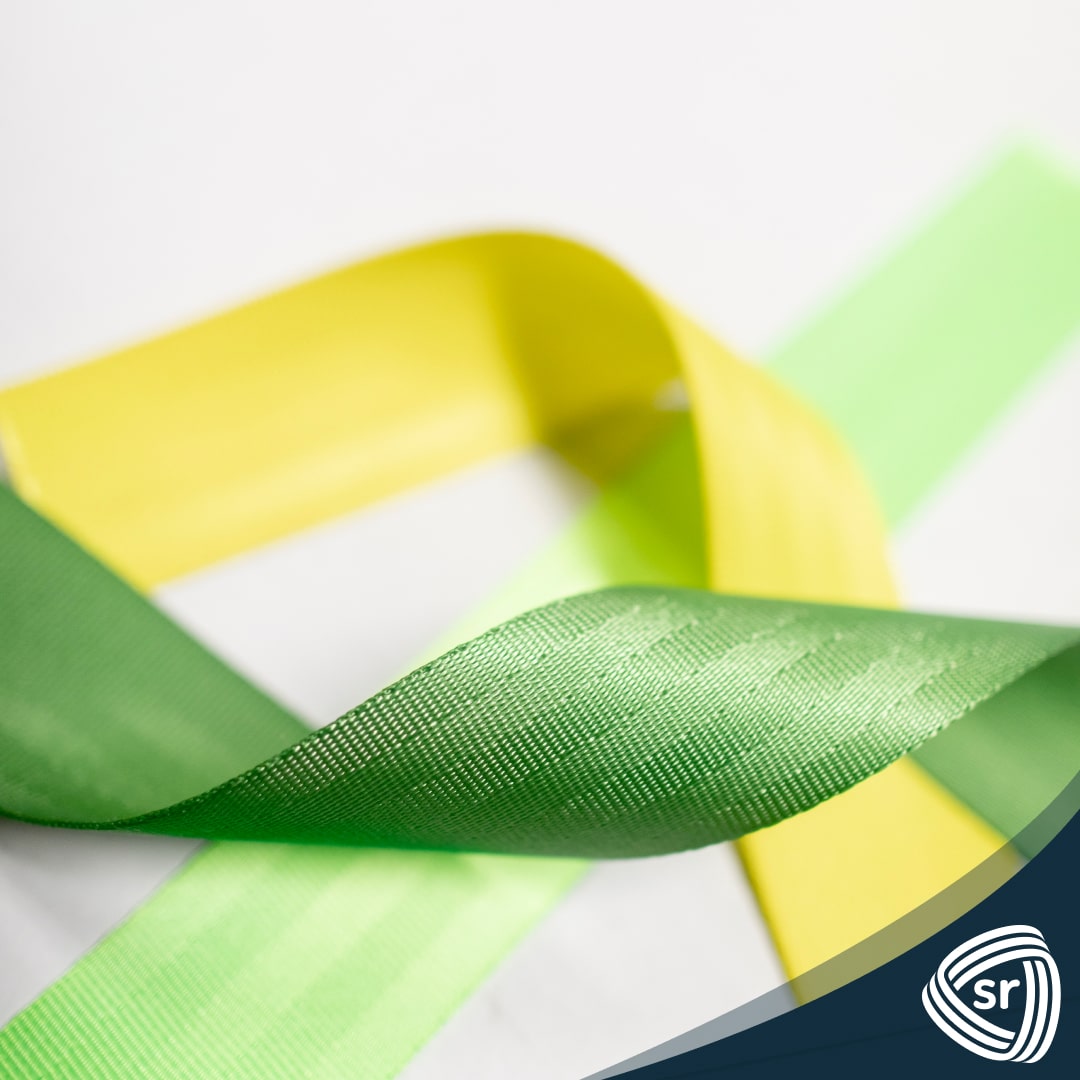Adults who ride cars are protected by vehicle seats, restraints, and airbags. Meanwhile, children and babies use baby and booster seats that work around this. As such, safety features are already built into their design for smaller bodies. However, because they are not built into automobiles, they can be installed and used incorrectly in a variety of ways.
Read on to discover the most common baby car seat mistakes to avoid right now.
Not Using the Right Seat Attachment
To secure car seats to the vehicle, seat belts or LATCH connections can be used. Both attachment systems are safe when used properly, but there are times when one is preferred. The LATCH system streamlines the installation of an infant seat, reducing frustration and error. However, it can only support children weighing up to 40 pounds. Larger seats necessitate the use of seat belts. If your child weighs more than 40 pounds and fits in a LATCH-compatible seat, use the seat belt to secure it.
Allowing Seats to Be Excessively Loose
When installing a seat, make sure it is properly fastened. The seat should be completely stationary in all directions and not move more than an inch.
Not Finding the Right Seat Angle
To compensate for the vehicle seat’s bottom cushion, rear-facing seats have an adjustable angle range. The infant’s head may fall forward if the seat is too upright. A seat that is too far back will not adequately protect the child in the event of an accident. Please follow the instructions that came with your seat. Most infant seats include a side angle gauge to aid in proper seat positioning.
Using Wrong Seat Attachment Points
Installing a seat can be perplexing, with LATCH and seat belt slots, as well as forward and backward mounting positions. Check the instructions to make sure you’re attaching the seat correctly. Changing a seat’s orientation (forward or backward) may necessitate reattachment. When installing a forward-facing seat with LATCH, always use the top tether.
Using the Incorrect Seat Size and Position
Wait until your child reaches the weight or height limit of their current seat before switching. While keeping an eye on your child from the driver’s seat is comforting, rear-facing seats are safer for small children. Keep your child in a forward-facing convertible seat until they reach the manufacturer’s recommended height and weight.
Similarly, before switching to a booster seat, wait until the child has outgrown their infant seat. Depending on the seat, this weight ranges between 40 and 80 pounds.
Booster seats should be used until a child is 4’9″ tall and can sit comfortably with his or her knees bent. They must wear a seatbelt that is fastened around their hips and shoulders. Children under the age of 13 are advised to sit in the back. Even with the new weight-sensing airbags, bag impact is a risk for small children.
Using Incorrect Harness Tension and Position
A sloppy harness will not keep your child from moving in the event of an accident. Traction is easily verifiable. Grasp your child’s seat belt. The belt should be tighter if you can gather some webbing together. For maximum protection, both sides of the harness must be equal. Check and adjust the seat belt on a regular basis to accommodate your child’s growth.
Seats facing backward necessitate a different harness position than seats facing forwards. The top straps should not cross your baby’s shoulders. Slightly above the shoulders for forward-facing seats. It should be at armpit level in both seats.
Remove any heavy winter coats before buckling your child. Alternatively, the material could obstruct the harness, preventing it from being tightened properly. Similarly, using padding that is not designed for the seat may cause the harness to fail.
Conclusion
More than anything, you want the youngsters to be safe at all times. Whether it is your child, your niece, or your younger cousin who is strapped in, remember that you can never be too safe. Above all, always ensure safe and responsible driving!
If you need to learn more about seat belt replacement, SRS Restore offers complete rebuilding and seatbelt training. Call us today and get those mechanisms looking and feeling brand new!

